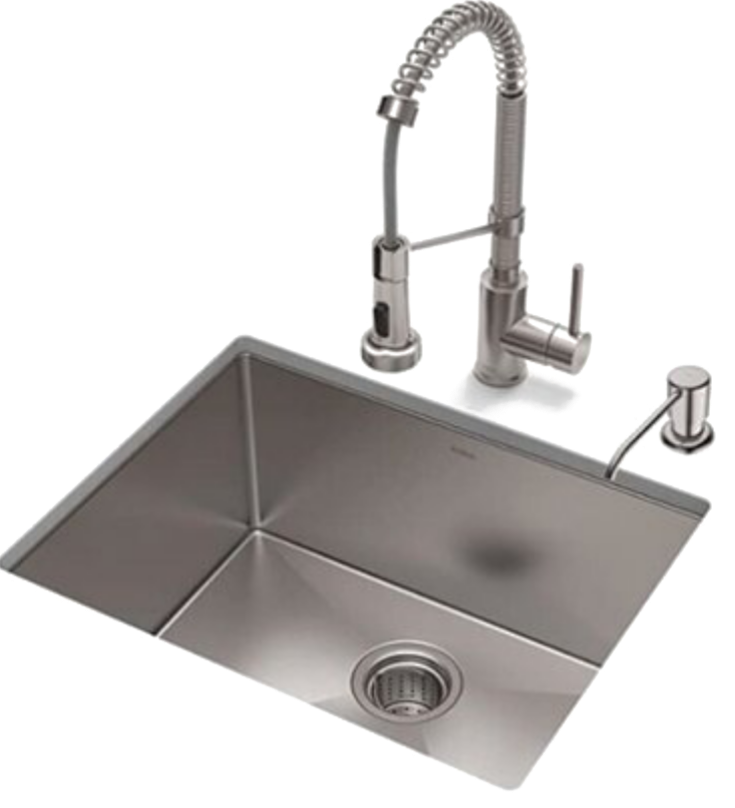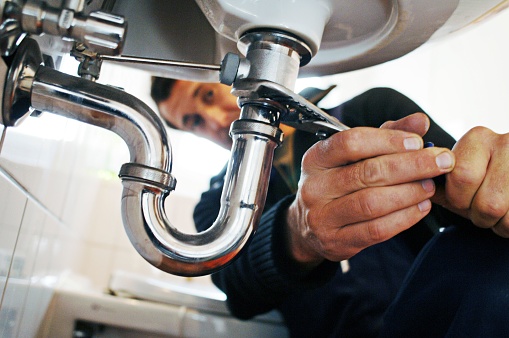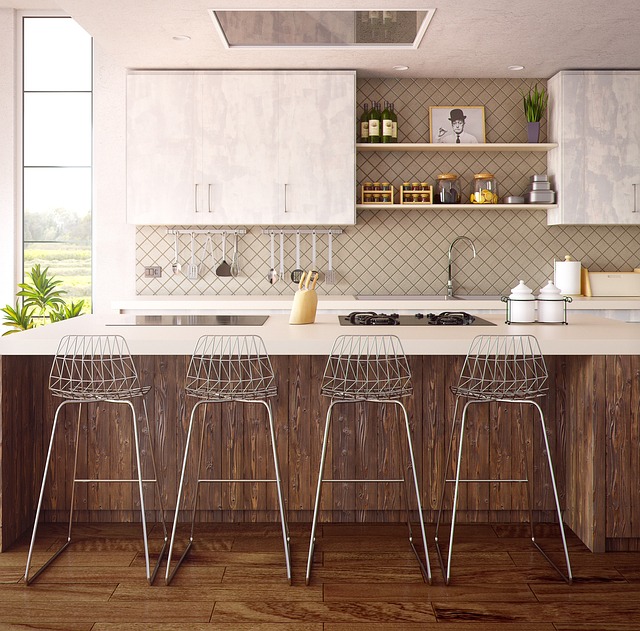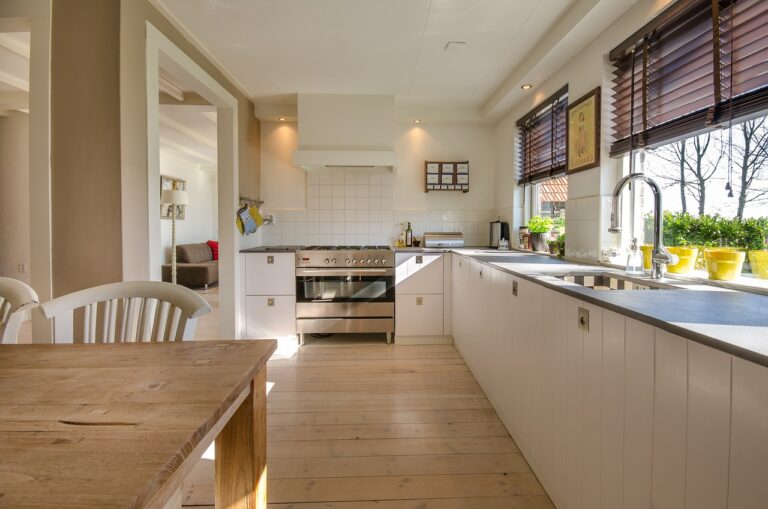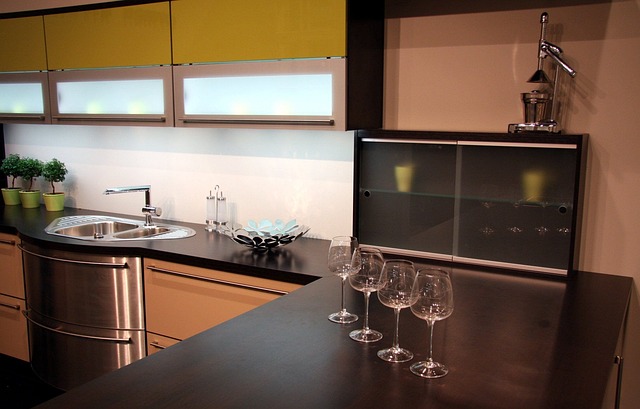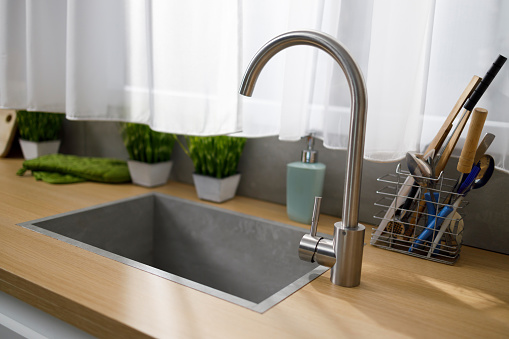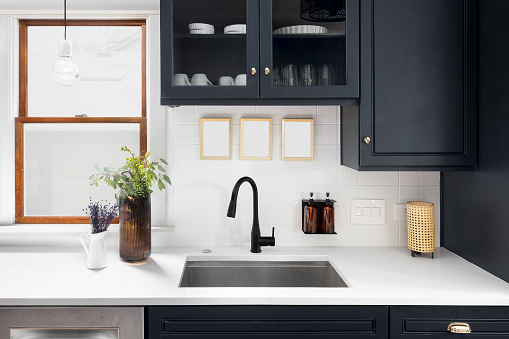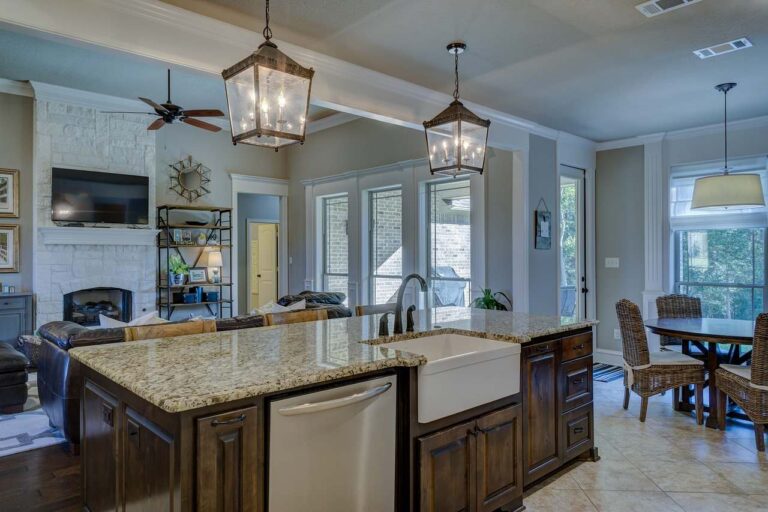Low water pressure can be frustrating, affecting daily tasks like showering or cleaning. This blog explores causes and offers practical solutions to restore strong, consistent water flow in your home.
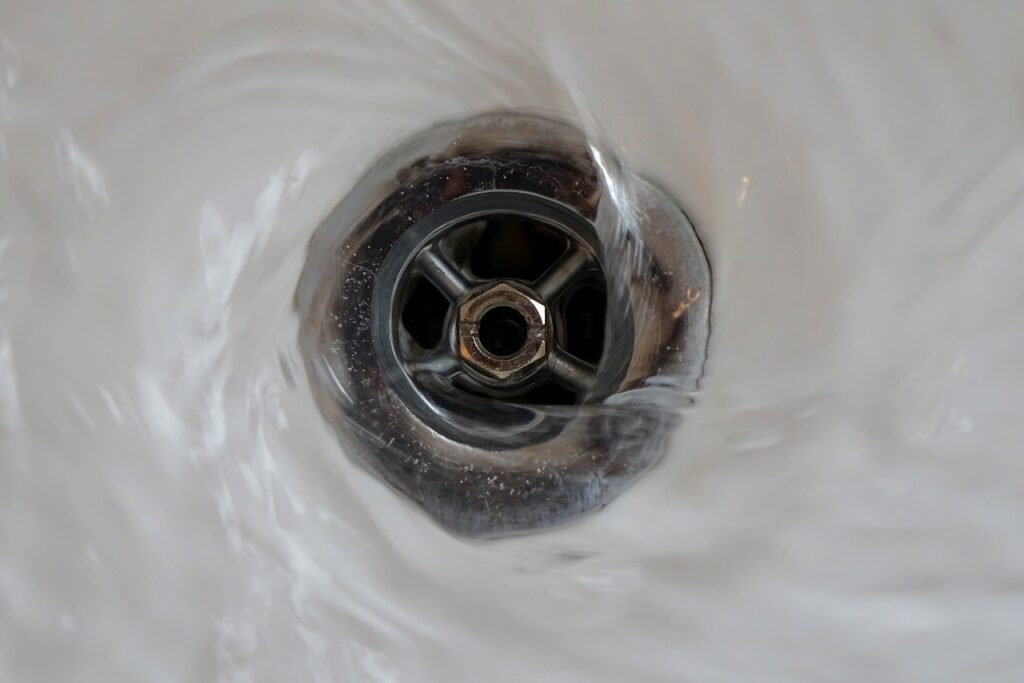
Initial Troubleshooting Steps
To address low water pressure, begin by using a pressure gauge to measure the water flow. Ideal pressure ranges from 40 to 60 psi. This measurement helps determine if the issue is localised to your home or widespread, guiding you toward the right solution, like fixing leaks or clogged pipes.
DIY Fixes for Low Water Pressure
Here are some simple solutions. Start by cleaning faucets and showerheads. Soak them in vinegar to remove mineral buildup effectively.
Check for Plumbing Leaks
Inspect your plumbing for leaks. Look for damp areas or water stains on walls, ceilings, or under sinks, and use plumber’s tape as a temporary fix.
Adjust the Pressure Regulator
Your home’s pressure regulator might be set too low. Adjust it carefully following the manufacturer’s instructions to improve water pressure without causing any damage.
Clean the Main Water Valve
Sometimes low pressure is due to a partially closed main water valve. Ensure it’s fully open to restore strong water flow throughout your home.
Advanced Solutions
If DIY fixes do not resolve low water pressure, consider installing a water pressure booster. This device can significantly enhance water flow throughout your home. Additionally, if your plumbing system is outdated or corroded, re-piping may be necessary to ensure consistent and reliable water pressure.
